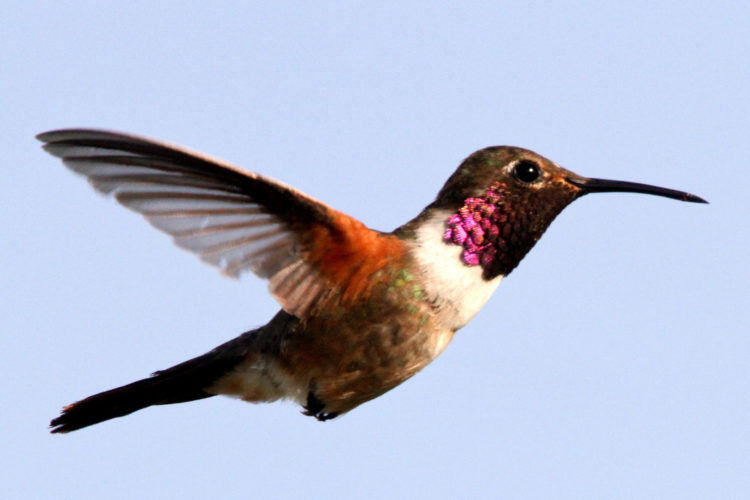Providenciales
The rapid rate of development in Providenciales has had an adverse impact on many aspects of the environment, and even national parks and nature reserves have been damaged, or are currently threatened. However, Providenciales should be attractive to both novice and experienced bird-watchers, with its easy air access and still good and extensive birdwatching opportunities, as explained in the guide book developed by the UK Overseas Territories Conservation Forum. Economic activity generated by birdwatchers will highlight the value of the natural environment, and can build an alternative model of development.
With a few exceptions, the development model is high density beach resorts. Guidelines on setback from the beach are not adhered to, and the original height restriction on buildings keeps being increased. In the early 2000s buildings could not be more than 4 stories high. Currently buildings up to 14 stories are being proposed, and we have even heard mention of 28 stories. As it is the tourism industry which underpins the economy of TCI, one can see why this model of tourism is considered to be the one that works. However, this high intensity model is unsustainable as it does not take into account the ecosystem services and economic value provided by the natural environment.
Providenciales (or Provo for short) has a good road network, although some of the best birdwatching areas are accessed by dirt tracks.

Wheeland Ponds: These old flooded quarry pits, right by the coast, are very productive. Breeding birds found here include Least Terns, Wilson’s Plovers, Willet, Killdeer, Bahama Pintail and Gray Kingbird. Other common sightings, depending on season, are Pelicans, Osprey, Least Grebe, Laughing Gull, Mockingbirds, Kestrels. Cormorants, other Ducks, Sandpipers, Flamingos, Ruddy Turnstone, Rails, also use the area.
Northwest Point National Park: The area has sandy coastal coppice, rocky and sandy shores, marshes and salt ponds. Ospreys breed on rocky outcrops. Pelicans are often seen fishing. South West. The track to the southwest, takes you along the ridge east of the Pigeon Pond and Frenchman’s Creek Nature Reserve, allowing distant overlook views of this very important wetland. At the end of the track, West Harbour is the proposed ferry access point for the West Caicos development, previously stalled but now being re-started. The track also passes marshes and salt ponds, and goes through tropical dry forest. So there are many opportunities for finding a variety of different kinds of birds.

Provo Golf Course: This is one of the best places for birdwatching in the centre of Provo. The golf club are happy to assist birdwatchers, as long as it does not interfere with the golfing. Prior contact with the golf course office is essential. The pools, many with rocky islets and mangrove edges, fairways and trees provide habitat for a variety of birds, for example Flamingos, Herons, Egrets, Kestrels, Anis, Mockingbirds, Terns.The Cuban Crow and Bahama Woodstar can be seen on Provo, as well as the endemic subspecies of the Thick-billed Vireo.
The remaining wetlands at the Golf Course and at Wheeland Ponds support a remarkable variety of birds, readily viewed (phone the Golf Course in advance for permission: this will depend on the playing schedules, but early morning is a good time both to see the birds and avoid the golfers). The coasts offer good views of Ospreys, Pelicans and a range of Terns and Shorebirds.

A guide booklet, “Bird Watching in Paradise – Providenciales; Turks & Caicos Islands: A guide to birdwatching and heritage sites”, with full color photographs of birds, maps and guiding text, can be purchased from the National Museum gift shop and other outlets (e.g. the Ferry Office in Providenciales), or from the UK Overseas Territories Conservation Forum (UKOTCF) as a PDF download suitable for tablets. It gives practical information such as hotels, restaurants, shops, and car and bicycle rental. The two trails are marked by numbered posts and are interpreted with full-colour laminated guides, including photos. The booklet (in hard copy or download) retails for $10, and the trail guide cards for $5 each. Part of the purchase price goes back to supporting conservation in TCI, and maintenance of the trails. There are no entrance fees for the bird trails.

